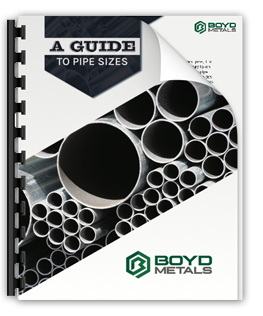1. Learn your use rate for materials
First things first: you need to know where your company stands on its material use rate. Special software can help you observe your material usage, or you can use pencil and paper to help you make the calculations. This information is a crucial step toward more accurately quoting projects. Sample the past six months or year to ensure that your data reflects real averages.2. Make a materials reduction goal
Now that you know how much of each sheet of material goes to waste, you can make a goal for waste reduction. If you have a productivity rate of 70 percent, for example, is it realistic to increase it to 75 percent? Does doing so improve your bottom line enough to make it worth it? How does this increase in productivity create cost savings for your company?3. Choose the right tool for the right job
Knowing the above information is a great way to prepare to improve productivity. Putting the data into action is another thing entirely. Using the right tools and techniques to get the job done is a big part of this process. For instance, knowing when to use a cutting laser instead of a blanking press can significantly reduce waste. Obtaining the desired results the first time around is the key to reducing your scrap.
For more than 25 years...Boyd Metals has worked closely with its customers to find ways to lower customer scrap rates, provide them with the high-quality metal parts they need at the best prices, and do it all in a timely manner.
If this blog has been helpful to you, you might be interested in our free Pipe Size Guide. Follow the link and download it for your shop!



